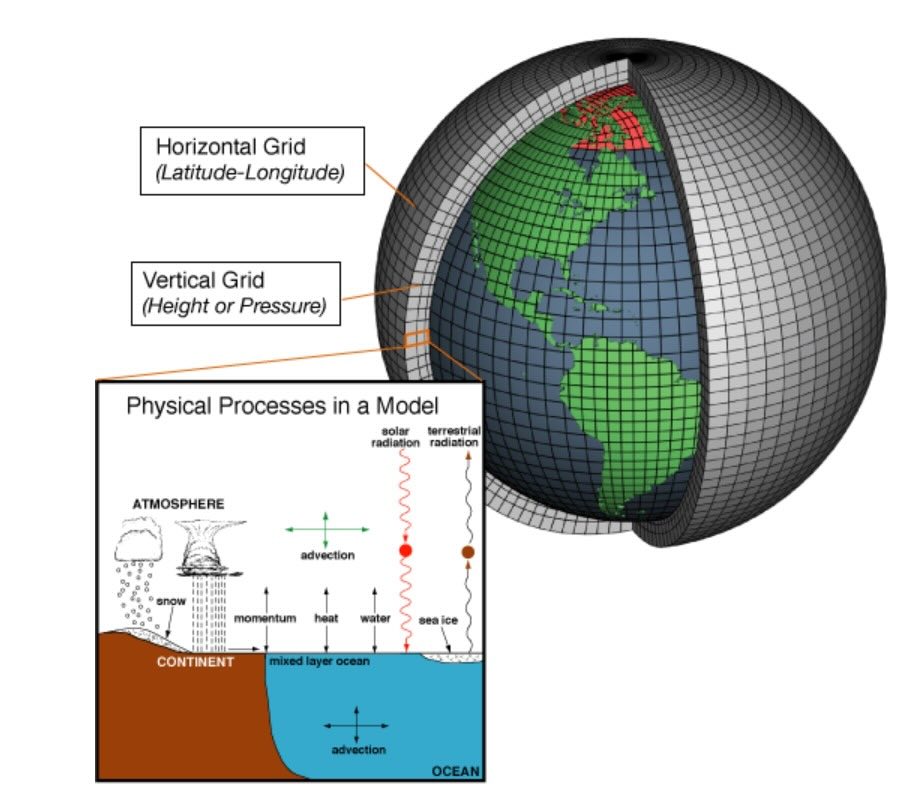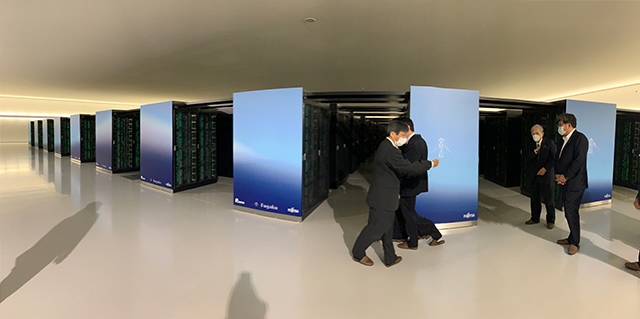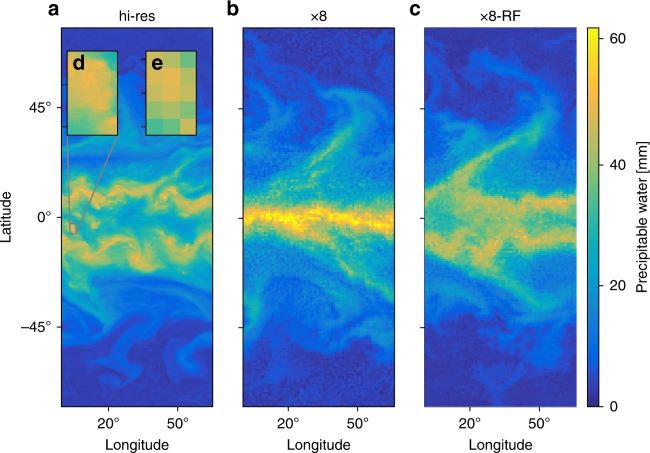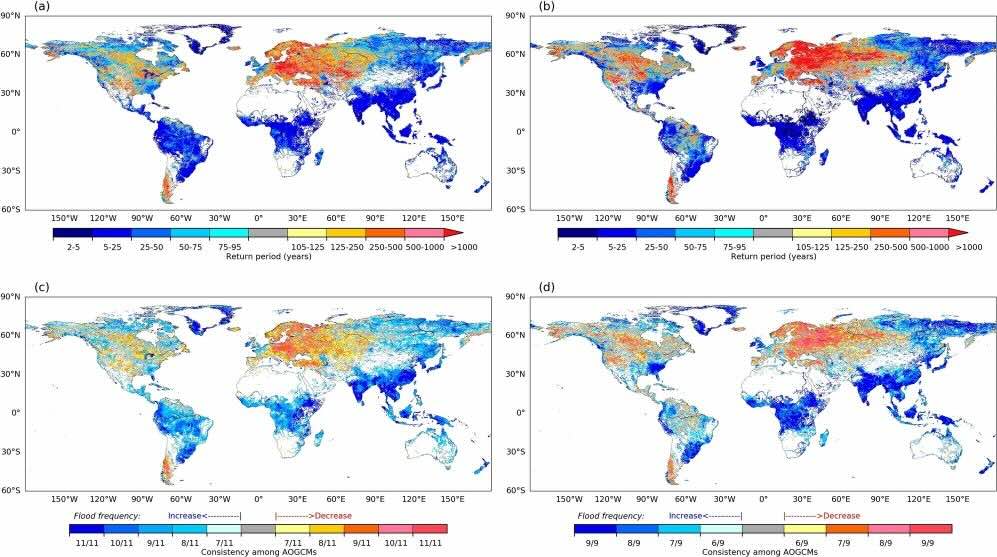When most people think about supercomputers, they imagine sleek, sprawling machines solving unsolvable math problems or running cutting-edge AI simulations. But for us weather geeks? Supercomputers are the unsung heroes of the climate world. They are the brains behind every long-range forecast, every hurricane trajectory, and every projection of Earth’s climate future.
In this deep-dive post, we’ll explore how supercomputers power climate modeling, why they’re essential, and what they mean for weather enthusiasts.
What Is Climate Modeling?
Climate models are complex mathematical representations of the Earth’s atmosphere, oceans, land surface, and ice systems. Unlike weather forecasts that predict conditions over the next few days, climate models simulate how Earth’s climate behaves over decades or even centuries.
These models let scientists:
- Predict long-term changes in temperature and precipitation
- Assess how extreme weather events might evolve
- Understand the impacts of greenhouse gas emissions
Guide global policy with data-backed scenarios
And all of this would be impossible without the raw, relentless processing power of supercomputers.
Why Supercomputers? Can’t My Laptop Run This?
Short answer? Not even close.
Let’s break it down:
- A typical climate model divides the Earth into a 3D grid spanning the surface, atmosphere, and ocean.
- Each grid cell (often 10-100 km wide) contains equations for energy, moisture, wind, radiation, cloud formation, etc.
- These equations are solved repeatedly - every few minutes of simulated time - across millions of grid cells, for decades of climate data.

Source: Climate.gov
We’re talking quadrillions of calculations per second.
To do this, climate scientists use high-performance computing (HPC) systems - basically machines with thousands of processors working in parallel. For example:
- The ECMWF’s new supercomputer in Bologna can run forecasts with 1 km resolution - fine enough to simulate individual thunderstorms.
- The NOAA Gaea system crunches 10 petaflops (that’s 10 million billion operations per second).
- Japan’s Fugaku, one of the fastest in the world, has been used to model typhoons, carbon cycles, and global warming feedback loops.

Source: https://www.mext.go.jp
Running a single century-long climate simulation can take weeks, even with these giants. But the reward? Climate insights that are incredibly detailed, data-rich, and crucial to understanding our planet.
Inside the Mind of a Supercomputer: How It Models Climate
So, how do these machines simulate something as chaotic and massive as Earth’s climate?
1. Grid-Based Simulations
Supercomputers chop the planet into grid cells. Each cell tracks:
- Temperature
- Wind speed and direction
- Humidity
- Pressure
- Solar radiation
- Ocean currents
- Ice thickness
The finer the grid (think 1 km instead of 100 km), the better the detail - but also, the more processing power required.
2. Time Stepping
Every few minutes of model “time,” the system recalculates conditions in every grid cell. This is where parallel processing shines. Thousands of processors tackle different regions at once - like a hive mind solving a puzzle in real time.
3. Parameterizations
Some processes, like cloud formation or turbulence, are too small to be resolved directly, even with fine grids. So scientists use parameterizations: smart approximations based on observations and physical laws.

Source: Nature.com
Climate Models vs. Weather Models: Similar Tools, Different Goals
How do weather models differ from climate models?
| Feature | Weather Models | Climate Models |
|---|---|---|
| Timeframe | Hours to 10-14 days | Decades to centuries |
| Focus | Initial conditions (current weather) | Boundary conditions (e.g., greenhouse gases, solar radiation) |
| Output | Forecasts for daily events | Long-term averages, trends, scenarios |
| Resolution | Often higher for short-term detail | Often broader for efficiency |
| Use case | “Will it rain tomorrow?” | “How will rainfall patterns shift by 2050?” |
Still, both use the same physics under the hood. Supercomputers run both systems - just with different goals, scales, and timelines.
Real-World Impacts: How Supercomputers Shape Our Forecasting Future
Here’s where things get exciting. These climate models aren’t just academic. They have real-world, everyday impacts.
Flood Risk Planning
High-resolution simulations help city planners prepare for heavier rains, rising rivers, and flash flood scenarios. Especially useful in storm-prone regions.

Source: Global exposure to flooding from the new CMIP6 climate model projections
Agriculture Forecasting
Farmers use seasonal climate projections to decide when to plant, irrigate, and harvest. Drought risk? Shifting growing zones? All modeled in HPC systems.
Coastal Resilience
Supercomputers model sea level rise, storm surges, and erosion patterns, helping vulnerable regions build better defenses.
Energy & Infrastructure
From wind energy optimization to heat stress on power grids, industries rely on climate projections for planning decades ahead.
And here’s the kicker - as computing power grows, so does accuracy. Faster supercomputers mean higher resolution, more variables, and better long-term insights.
What This Means for Weather Enthusiasts
You might not be running climate models at home, but you are part of the ecosystem.
Every time you compare radar loops and try to guess the storm’s next move or track temperature trends - you engage with data born in supercomputers.
Apps like Rain Viewer tap into short-term weather data, but these systems are fed by the very models that supercomputers make possible. So whether you’re tracking a cold front or puzzling out climate patterns, you’re part of the forecasting game.
Want to take it a step further?
- Follow climate model outputs like CMIP6 (used by the IPCC).
- Explore visualizations from NASA’s Earth Observatory or Copernicus.
- Learn how models differ and what each one can (and can’t) do.
Because forecasting isn’t just about watching the weather - it’s about understanding the forces shaping our future.
Final Thoughts: Supercomputing, Climate, and the Forecasting Puzzle
At its core, climate modeling is a dynamic, data-driven puzzle, and supercomputers are the ultimate solvers.
For us in the Rain Viewer community, that means better seasonal predictions, sharper storm tracking, and deeper understanding of how today’s weather connects to tomorrow’s climate. So the next time you review a weather radar animation, remember: a supercomputer is doing the same, but at unimaginable speed.






